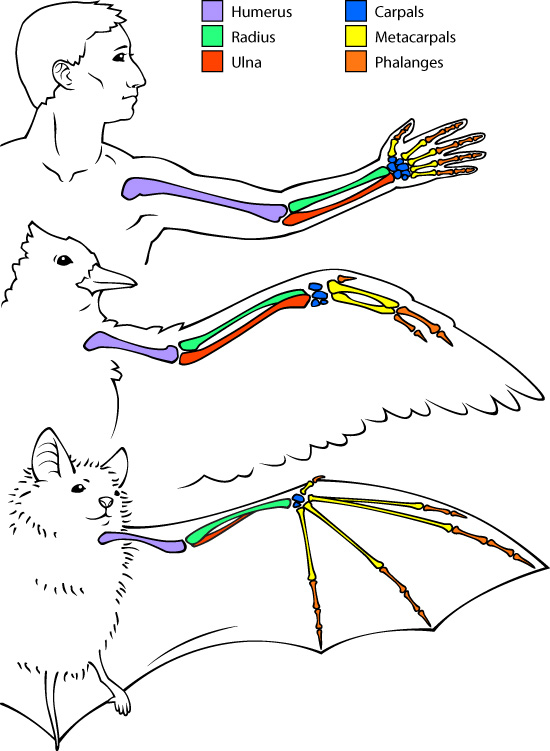After a couple of weeks in the development stage, the next mini-museum program is fleshed out. With the whole animal kingdom to choose from, I have settled on bees, birds, butterflies, bats and lemurs. A lot of the decision has to do with the research the museum has ongoing throughout the world. The themes will be migration, pollination, adaptation, communication and museum research.
So far I have identified the following activity areas:
1. Bees table – honeycomb, Hexbug bees – simulate return to hive – 3 types of bees
2. Night Animals table – featuring bats, owls, lemurs – touchables & museum research
3. Animal grow chart – participants measure their height against different animal sizes –
4. Bat hat construction table – what bats eat – how they interact with their environment
5. Birds table – red knots & horseshoe crabs research – bookmarks – ‘Owls on a clothespin’ decoration craft
6. Butterfly cuff craft table – make wearable arm cuffs of a butterfly or beetle
7. Identify animal tracks station
8. Toddler’s area – books, puppets, jigsaw, dress up
9. Video station with clips of animals and research.
Next step is the prep meeting to prepare materials for the craft tables.

























